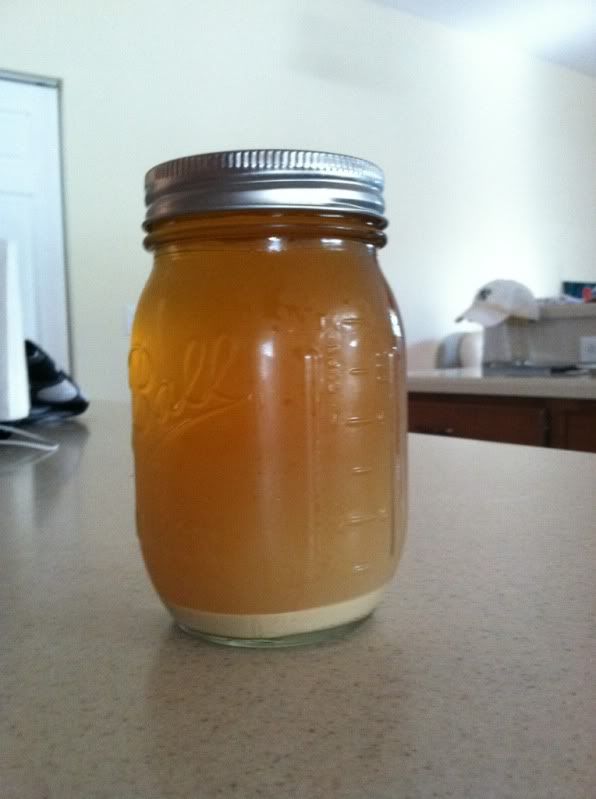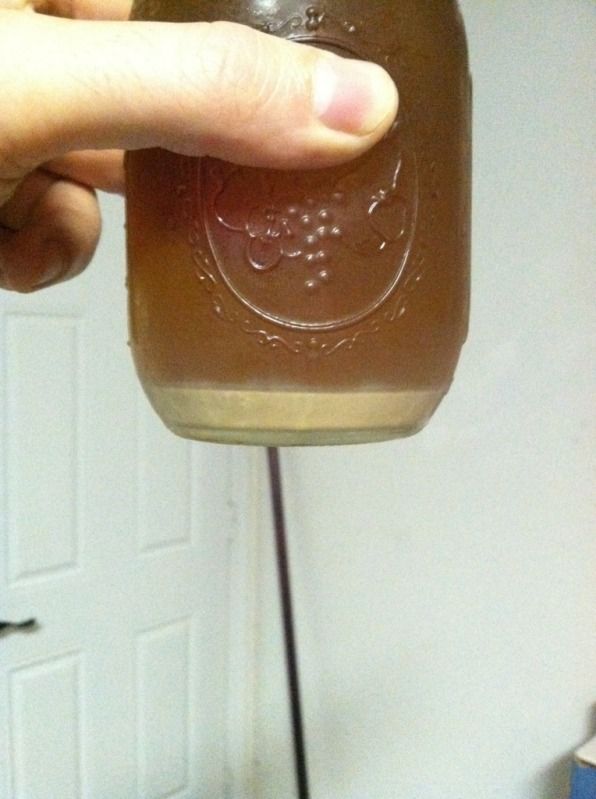OK, I've been wanting to learn a bit about yeast washing and I found this thread. Lots of good stuff here.
Prior to reading this I was planning on two things.
First, I've got a batch in the bucket right now. I was going to let it sit there till just before I start my next batch, then I was going to get a yeast harvest from the bottom of the primary to make a starter for the batch that I will start within a week. I figure by making a starter I'll know what I've got.
Next, I had thought about when I open my next package of yeast to make a starter for another beer, I would simply give it some time and make a bigger starter like say... a gallon jug and make a 3/4 gallon starter. If I time it right I should have a half gallon that is very viable. I should be able to use this for a starter in one batch, then put the rest either into another bigger starter or boil up some mason jars and put it in the fridge shouldn't I?
Pretty much doing the same idea but rather than taking it from the bottom of your latest batch of beer you are using mini batches and when you get ready to brew again you simply make a large starter whenever you need to stock up again.
Less stuff going into the yeast food should equate to less chances of something you don't want getting into the yeast culture I would think.












